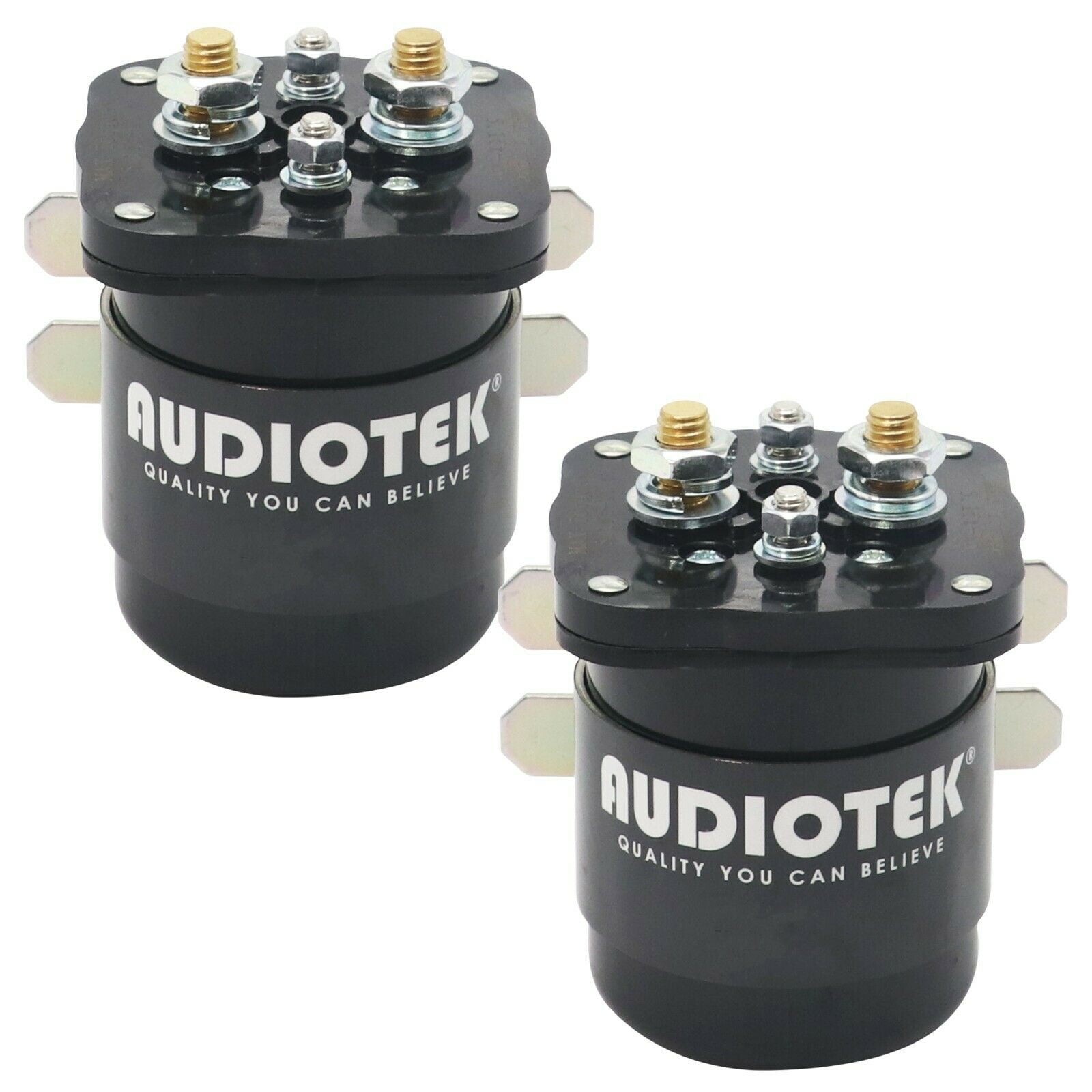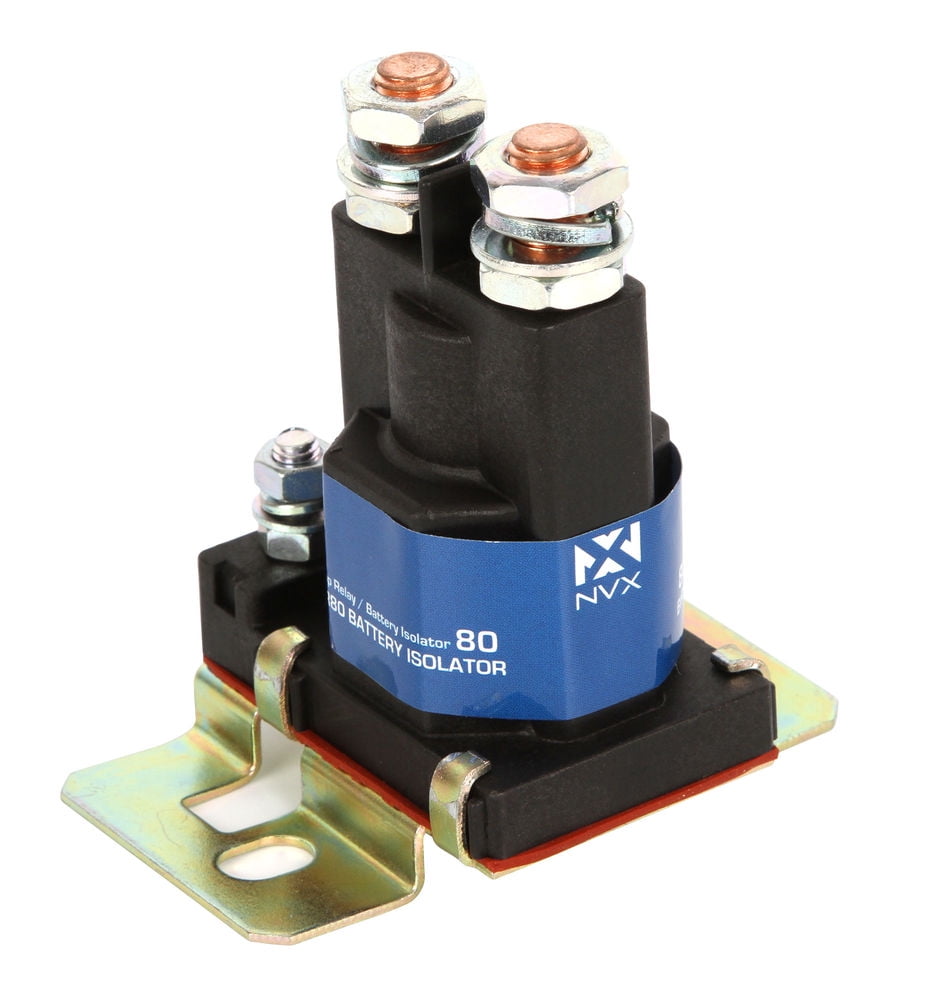

Though the Add-A-Battery kit does have a minor automotive slant because these switches are supported by a start battery which can be used for emergency starting. Consequently, they work just like you’d expect, by isolating an engine or house circuit. The 12/24 Volt SC 120 Amp Automatic Charging Relay can be used to isolate batteries during an engine cranking up, or used to combine batteries during charging.Įssentially, these devices are made to try and simplify the switching process. The Blue Sea Systems kit lets you share the charge between both of your batteries with great efficiently, far more efficiently than any single battery isolator. Because moving parts are involved, you’re going to encounter more issues related to wear-and-tear.īlue Sea Systems Add-A-Battery Kit (120 Amp) The only downside is that you have to actually wire the relay into your ignition circuit. These relays tend to be very small, and they don’t lead to voltage drop among your contacts. The relay switches on or off depending on the status of your ignition.

Similarly, an isolator relay diode is also installed in a position between your batteries and the alternator. But the heat sink for these types of units tend to be larger, and voltage drop among the diodes can lead to undercharging your batteries if you’re not careful. It’s almost as simple as placing the unit. Moreover, installing a diode isolator is pretty simple because there are no moving parts. That lets you connect with the secondary battery without having to discharger your starter. For the better battery isolators on the market, these typically range between 120A and 150A. You want isolators rated to carry the amount of voltage and amperage you expect to draw. Different batteries have different needs. Isolation aside, different vehicles have different batteries. Seemingly simple features, like start isolation, can ensure that your sensitive electronics won’t be subjected to the kind of sags in voltage that may occur when engine cranking happens. Expanding beyond two batteries isn’t only prohibitively expensive, it’s totally unnecessary in most circumstances. But for someone seeking a simple two battery solution, what you’re looking for is a dual battery isolator. If you’re planning on running a giant battery bank, filled with hundreds or thousands of batteries, then you’d need a pretty impressive isolator. Luckily, it’s not that tough to choose an effective battery isolator. You don’t want your battery isolator to cause problems with your vehicle’s electrical systems, or with the devices connected to whatever local grid you’re working on. Perhaps more importantly, ending up with the wrong detector could be more trouble than its worth. After starting the engine, the emergency button was closed immediately, and the isolator resumed its normal working condition.Choosing the Right 12V DC Dual Battery Isolator The voltmeter is flashing after disconnection.ģ: The disconnection voltage of the isolator is 13.3V, and it will be automatically disconnected when the main battery voltage is lower than 12.4V after emergency borrowing.Ĥ: When the voltage is between 13.5V and 14.5V, keep charging, and the voltage will be disconnected immediately when the voltage reaches 16V.ĥ: When the engine detects that the voltage is lower than 13V after the engine is turned off, the isolator will be disconnected for 10 seconds.Ħ: When the main battery lacks power and the engine cannot be started, press the emergency button to switch on the auxiliary battery. The main and auxiliary voltmeters display normally.Ģ: When the main and auxiliary voltmeters show that the voltage is below 13V for 10 minutes, disconnect the isolator immediately when the voltage is below 12.5V. 1: First check whether the main battery voltage is at 12.5V, start the engine and start the isolator after detecting that the voltage is higher than 13.5V for 5 seconds.


 0 kommentar(er)
0 kommentar(er)
